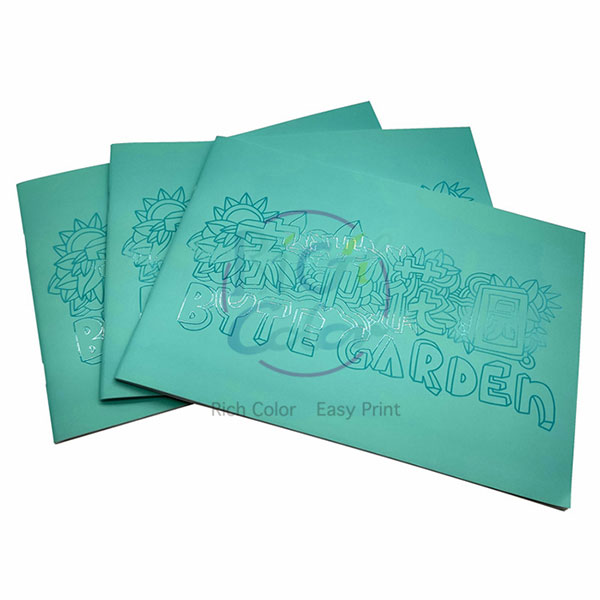An overview of the coloring book printing process
2024-01-16
Coloring book printing involves the process of creating and producing coloring books for recreational or educational purposes. Coloring books are designed with images and illustrations for individuals to color using various coloring materials such as colored pencils, crayons, markers, or watercolors. Whether for children or adults, coloring books can be customized in terms of content, design, and printing options. Here's an overview of the coloring book printing process:
1. Designing the Coloring Book:
- The first step involves creating or designing the content of the coloring book. This may include illustrations, drawings, patterns, or any other artwork suitable for coloring. Designers use graphic design software to arrange and format the pages.
2. Choosing Printing Options:
- Decide on printing options such as book size, paper type, and binding. Common sizes for coloring books include standard letter size, A4, or smaller formats. The choice of paper can affect the texture and absorbency of coloring materials.
3. Printing Technology:
- Coloring books can be printed using various technologies, including digital printing or offset printing. Digital printing is suitable for shorter print runs and allows for cost-effective customization, while offset printing is more economical for larger quantities.
4. Paper Quality:
- The choice of paper is crucial for coloring books. Options may include uncoated paper for a matte finish or coated paper for a smoother surface. The weight or thickness of the paper also affects the feel of the coloring book.
5. Color Reproduction:
- Ensure that the printing process accurately reproduces the colors intended by the designer. High-quality printing equipment can ensure vibrant and accurate color reproduction.
6. Binding Options:
- Coloring books can be bound in various ways, such as saddle-stitch binding (stapled along the spine), perfect binding (glued along the spine), or spiral binding. The choice depends on factors like book thickness and budget.
7. Cover Design:
- Design the cover of the coloring book. This may include a full-color cover with a glossy or matte finish. Consider adding an appealing and colorful design to attract attention.
8. Proofing:
- Before the final print run, it's advisable to request a proof of the coloring book. A proof allows for a final check of the layout, color accuracy, and overall appearance before mass production.
9. Quantity and Printing Costs:
- Determine the quantity of coloring books to be printed. Printing costs per unit often decrease with larger quantities, so it's essential to balance the desired quantity with the available budget.
10. Packaging and Delivery:
- Once the coloring books are printed and bound, they are packaged and prepared for delivery. Consider packaging options, such as shrink-wrapping or adding promotional materials.
11. Distribution:
- Coloring books can be distributed through various channels, including bookstores, online retailers, or directly to consumers. Marketing and distribution strategies depend on the target audience and market.
When printing coloring books, attention to detail in terms of design, printing quality, and paper selection is essential to create an enjoyable and visually appealing product. Working with experienced printing professionals or printing services can help ensure a successful coloring book printing process.



